Week 6 Focus: Summer Support For Primary KidsHave you ever worried about your child forgetting what was learned during the school year because of the long summer break? This is often referred to as the summer slide. Maybe you have had some experience with that yourself if you have taken a course and then not looked at the material for a long time. Although there will be some lag after a break, if we do things to help make connections with the skills and concepts during the break, the lag will be short lived and with a bit of review, learning can continue. Here are some different ideas for summer support for your child. Take a break from academicsJust as we need to recharge and refresh, so do children, especially this year after a much more stressful and different type of year. Taking a break from the academics and doing something different for awhile may actually help with improving learning and retention. Fresh ideas and more attention will be easier after a break as long as the break isn't too long. Connect activities with real lifeDo activities that connect the real world with the skills and concepts taught at school. If you would like more details about the various subjects, you can check out my previous blog posts in this series. Week 1 Focus: Primary Language Arts Week 2 Focus: Primary Math Week 3 Focus: Primary Science Week 4 Focus: Primary Social Studies Part 1 Week 5 Focus: Primary Social Studies Part 2 Make activities engaging and funKids want to feel like they are having a break from school. There are many ways to help them continue learning without making them feel like they are doing schoolwork. Using games and hands on activities help to engage them and the concepts get reinforced while they are having fun. Here is an example. This is a blog post I wrote about using manipulatives and games in math. Enjoy the outdoors while learningLet them get outdoors and soak up the sun while learning at the same time. There are so many ways that learning can be done in the real world. Here are some examples. Try having races and using stopwatches to see how fast they can go. Compare with others. See if they can better the times. Go geocaching as a family and search for treasures. This is a great way to learn about places around the community that you may not have known existed. It is also a good way to practice using coordinates and mapping skills. Collect rocks and sort them by different characteristics. Then find ways to use them for other activities such as graphing, crafts, and rock studies. Let your child help plan a camping trip. They could help with planning meals, doing the grocery shopping, making lists of what equipment is needed, and looking at routes and distances. History, Family Heritage and TraditionsLearn about local history by visiting museums, historic landmarks, interviewing long time residents or doing research at the library. Help your child learn about your family heritage, culture, and traditions. Create a pictorial timeline of the family. Get creative practicing academicsIt is important to sometimes do activities that specifically reinforce and review skills and concepts in order for them to be maintained. This is the time to get creative with the academic activities. Mix them up with active games and brain breaks to keep learning fun. Try to avoid too many worksheets and drills. Engage your child in reading and writing activities that have themes or special hooks to make them interesting. Perhaps the library has a summer program where different authors visit or they may have incentives for reading a certain number of books. Puppet shows are a great way to practice acting out stories. Maybe your child could write some different stories and then create puppet shows to present to the family. Try using nursery rhymes or simple songs and using them as the springboard for writing new lyrics based on a variety of themes. There are many different examples floating around on the internet this year that are parodies using popular themes. Check out my blog posts for struggling readers, writers and learners for more ideas. Motivating Reluctant Readers Tips For Helping Struggling Writers In The Classroom How To Engage Your Reluctant Learners In The Classroom Math is definitely an area where I suggest using hands on activities and making things as visual as possible. Math is abstract and therefore hard for many young children to understand if they don't get lots of practical exposure first. I have worked with many older children that struggle with understanding how to do basic operations and more complex math because they haven't figured out how it works. By doing lots of games and hands on activities with them, they have been able to move on and be successful in more difficult math situations. Check out some ways that I have worked with them to help math make sense. Tips For Helping Math Make Sense These are just a few ideas that may help to keep the learning going throughout the summer. Remember to have fun and the learning will happen.
0 Comments
Week 5 Focus - Social Studies Part 2Last time I focused on inquiry processes, geography, history, culture and heritage. This time I would like to look at rights and responsibilities of people and regional leaders, relationships between people and the environment, multicultural awareness and diversity, and the interactions of First Nations people and early settlers. These are all large topics, so I will only be touching on them, but depending on the age and understanding of your kids, you can dig in deeper. Rights, roles, and responsibilitiesRights, roles, and responsibilities of people change depending on where they are and who they are. In the home, parents and children have different roles. The parents are the caregivers and they have the role of looking after their children and the responsibility of raising them to be responsible citizens. They are the role models. Children have different roles and responsibilities depending on if they are the only child or if they have siblings. Where they are in the group of siblings also affects their roles and responsibilities. They may be left in charge of others if they are the oldest. They may need to listen to older siblings if they are younger. In the community, roles and responsibilities could be different. Community leaders make decisions that affect those in the community. They have the responsibility to listen to the members of the community and make decisions based on what is best for the community. Different groups have different degrees of responsibility. Adults have the opportunity to vote for different leaders and laws or bylaws. It is important to have discussions about what the different roles and responsibilities are for at home, at school, and in the community. This might also be a good time to talk about how these roles and responsibilities have changed over time. For instance, when parents and grandparents were children, they would probably have had different roles and responsibilities than children today. They could share these changes with the kids and maybe talk about why they might be different. Along with roles and responsibilities, come rights. This is more difficult for young children to understand. They should be informed of some of these rights as they are old enough to understand, and as they gain more maturity and understanding, these rights can be explained further. One of the big ones for me is that everyone has a right to a safe, inclusive environment at school, in the classroom, on the playground, and in the community. This can be tied in with responsibility during discussions. Another one is that everyone has a right to be heard, but that also comes with a responsibility to listen when others want to be heard. A big part of classroom management and class rules is based on the rights and responsibilities of those in the classroom as they work together. If they are mutually understood, this will make it easier for them to be followed. Here are some posters and ideas for routines and manners that will help kids with these. Classroom Manners Dos And Don'ts Posters Dos And Don'ts Manners For Home Classroom Routines Relationships between people and the environmentRelationships between people and environments is also an important aspect of social studies and ties in with our personal and community responsibilities. Depending on the type of community, different industries and services are an important part of the livelihood of the community members. Along with these industries and services comes the responsibility to make sure that they are not negatively impacting the environment. This can be a difficult balance at time. It might be an interesting angle to look at as kids get older. For young children, learning about the different industries and services in their community, region, or country would be a possible research project. Here is a resource that I have successfully used with late primary grades in the past. Industries and Services project Protecting our environment is a focus that is often a main topic around Earth Day, but should be considered throughout the year. Maybe it could be a family event to do a beach cleanup or a neighborhood walk and check for litter. It is amazing how much litter is just tossed even when garbage cans are nearby. Plastic is everywhere. Maybe the focus could be to see how many ways plastic can be replaced in daily life. Or perhaps, how many different ways we can reuse containers instead of using one use type ones. These are only a couple of suggestions. There are many different ways that we can help our environment. It might be fun to come up with ways that the class or families can do things to make a difference. Multicultural awareness and respect for diversityOur countries are made up of many different cultures and beliefs and it is important to respect these various cultures and beliefs. This is what makes our country rich in traditions, celebrations, holidays, special foods, music and many other things. Cultural differences can be acknowledged, but the diversity of people needs to be respected. We do not have to all have the same beliefs and values, but we all need to be respectful and responsible citizens. Mutual tolerance and acceptance is what leads to a peaceful existence. We spend time teaching kids about acts of kindness, and spreading peace. It is important that we model the same behavior for them. Kindness is huge. It goes a long way in maintaining a peaceful existence. Right now in Canada, there is a lot of attention being focused on the First Nations people because of the injustices inflicted on them in the residential schools and the multi-generational impact it has had. In other places it might be racial prejudice towards other ethnic groups. In order for healing to begin, it is important that this be acknowledged and that changes happen. We need to be the change and not pass off blame. This may be a tough thing to accept, but if we are to move forward, we need to show our children that wrongs sometimes happen, but they should be made right. When we say Every Child Matters, we need to take action to show that we mean it. This poster demonstrates the impact that one person can make by being kind and respectful. Imagine if we all did this. If you would like a copy of this poster, click on the image above. First Nations People And Early SettlersPrior to teaching at my last school, I didn't have much of an idea of how life was for our First Nations people. I didn't have any First Nations children in my classes. I understood the importance of celebrating our heritage, and I did lots of projects and activities with my students, but this was one area that was missing and I hadn't even realized it until I moved schools and had several First Nations children in my class. I made it my mission to learn more and to make sure that my lessons were inclusive and respectful of these kids as well. I had the good fortune to have a student's parent come and make bentwood boxes with my class. Her father also had a longhouse which he invited us to visit. We used birchbark disks for plates and had salmon and bannock while there. It was a wonderful cultural experience for my students as well as myself, and my student and his family were proud to share their culture with us. Here is a book that I found very useful when talking about the First Nations people and helping the children to understand some of their contributions to making our country special. I discovered lots too. If you would like to find out more or download a copy of the lesson plans and the book, click on the image below. It will take you to the government website where all the information is available. I also created a unit that focused on ways the early settlers and the First Nations people might have worked together. We looked at what life might have been like in the Pacific Northwest and on the Plains. We researched types of dwellings, types of canoes, food sources, trade, and life as a child and what it might have been like. The contributions of each group was looked at and the projects created were to reflect this. It was interesting to see which groups were chosen and what elements were represented in the project models. It was interesting to see how my First Nations children were able to add some of their own heritage into the projects. I have to admit, because my students were young, I didn't go into much detail about what happened later or about how the children were sent to residential schools. In recent years, this has been addressed more in the young grades and discussed in detail in the intermediate grades. There are some good books available that help to talk to kids about residential schools. Here is one source. We are lucky to have a good relationship with some of the elders of the band and there have been many different activities and sessions that have helped with understanding the culture and traditions. Several of our students participate in the dance celebrations and drumming and singing. Language classes are also a part of the week. One of my favorite activities was a nature study in the nearby forest where we learned about the different trees and plants and how they were used for clothing, medicine, food, and even transportation. If you would like to find out more about the project that we did, you can check it out here. I hope that the tips and activities I have shared with you will help to make connections with social studies taught at school. There are many opportunities for expanding and enriching understanding through discussions, research, and activities done at home as well. There is much more to social studies, but hopefully these ideas will be a springboard to further learning. Related PostsWeek 4 Focus: Primary Social Studies Part 1For the next couple of posts, I will be focusing on social studies, what it is, and how to help primary kids with tips for learning for school and home. What is social studies? In simple terms, it is the study of people and their relationships to other people and the world. For young children, it starts with family and then spreads out to community, regions, provinces, states, or territories, and from there, to countries and the world. It can be broken up into 5 different categories: geography, history, culture and society, civics and government, and economics. I will be focusing on some of these categories today, and some others next time. An important part of social studies is developing inquiry processes and skills for asking questions, gathering information, interpreting and analyzing it, and communicating effectively. It can involve mapping skills, learning about the world around them, and researching and reporting findings. For primary kids, the focus is on family, neighbourhoods, communities, and perhaps larger regions such as provinces, states, or territories. As they get to later primary grades, they begin to investigate their country, other countries, and the world. GeographyGeography is the study of places and the relationship between people and the environment. For simplicity we will be focusing on the study of places right now. This starts with looking at the neighborhood, the community, the town or city, the region, province, state, or territory, the country, the continent and the world. Mapping skills, designing and creating a community, or doing research on a city, region, or country all help kids to better understand the world around them. Mapping skills start with being able to recognize that maps are used to represent real places, and symbols or pictures are used to represent real locations. This progresses to being able follow a map to a destination, use cardinal directions, interpret symbols and legends, create simple maps, and read more complex maps. There are many different types of mapping activities that can be done to practice these skills. I wrote about many of these here. Here are some resources that can help with these skills. Mapping Skills Using Grids Mapping Skills Using Grids (online version) Creating A Community A fun extension to mapping is geocaching. This is like a scavenger hunt with added technology. The goal is to locate hidden containers by using a gps device to follow coordinates to specific locations. It is something that can be done as a family and lets people explore areas around them that they might not visit otherwise. Geocaches have been hidden all over the world, so it can be done when traveling as well. HistoryHistory is the study of past events, stories, and people in different places. This includes the significance of various events, objects, people, and places in the past and how they may impact our lives today. Then And NowWith young children, it is important to start with events that they can relate to. One way, is to look at the community they live in and find out how it has changed over time. There are many different ways to learn about the past and how things have changed over time. One way is to visit the local museum. I often booked field trips to our local museum. There were also video or slide show presentations there that showed how the city had changed over time. The kids loved seeing what it used to look like where current landmarks now sit. I also borrowed the kits they made available to use in the classroom that included artifact replicas that the children could handle and even try to use. Another place to find out information is the library. There you may be able to look at old newspaper articles or books that may have been written. Interviewing grandparents, seniors, or elders and looking at old photo albums will also provide some understanding of how life has changed over the years.
Timelines and order of eventsCreating picture timelines of families are great ways for young children to see how their families fit together. These could start at any point: when their parents met, when they were born, when they moved to a certain place. Community events timelines are a good way to help understand what events are significant in a community. These could be annual events, historic events, or even one time events that mark important happenings in the community. As children get older and begin to study a bigger part of their world, timelines could be done for larger regions, such as provinces, states, or territories, or even countries or the world. These timelines can be less pictorial and more detailed with dates and specific events listed. Culture, heritage, and traditions in societyDiverse cultures make up our communities and countries. They provide a rich blend of customs, art, music, traditions, holidays, food, clothing, and dress. It is important to value the many different aspects of culture that make us who we are as well. These characteristics of various cultures need to be acknowledged and better accepted in our communities. Research activities can be done and families can be involved in them. Several years ago, I had a student that was afraid to let people know about part of her heritage. Apparently, in another school she had been teased and she was afraid of this happening again. It made me sad to see a child so young feeling this way. I decided to create a project that would help her, and any others who may feel the same, to celebrate who they are and how their heritage made them the unique people they are. By the end of the project, she was excited to share that she had a mixed heritage and she began to feel proud of it. Here is the project we did. Another fun activity we did was a flat family project. It was based on the story of Flat Stanley and it came about after learning of a teacher who started send Flat Stanley on trips. In our case, we sent our flat families to other parts of the country and across the world to visit family members. You can read more about it here. As you can see, there are many different aspects to social studies. These are just some of the ideas and activities that you can try. I hope they are helpful for you. Next time, I will focus on other aspects of social studies. Related PostsWeek 3 Focus: Primary ScienceThis week, I am sharing some tips and activities that can help primary kids with science as they develop a better understanding of how our world works. Science is involved in every aspect of our lives. At school, kids are introduced to some of the basics, and various experiments and investigations are done. At home, more of these types of activities can happen and deeper learning can be accomplished. I know that as I was preparing for this blog post, I was amazed at how much we do that I hadn't even thought of as science, but rather, just part of my daily life. If you stop and look around you, it is amazing to discover all the science that is happening right in front of your eyes. The ideas I am sharing, are divided into several different areas, but they are only a small glimpse into the world of science. They are like a springboard into where you can go to continue to further investigate the different areas. Scientific MethodThe Scientific Method, or Scientific Process, is a way of looking at how things work in science. We begin with a question, form a guess as to what we think might happen (hypothesis), gather materials and make a step by step plan (materials and procedure), notice what happens (observations and results), and form a conclusion that may or may not be the same as our initial guess. Here is a resource that sets it out in a way for kids to understand. Scientific Method Chemistry and experimentsChemical reactions are fascinating for kids to watch and try out. There are many different experiments that can be done at home that show how things change when different ingredients are combined. Just think of times when you may have gone to a science fair at the school, or maybe even participated in one. There were undoubtedly a few chemical reactions going on there. Here are a few popular ones that I have used or remember seeing others do: making a volcano, elephant toothpaste, Coke and Mentos. Sometimes these chemical changes require added things like heat or cold to happen. Cooking and baking are examples of how we use chemistry in daily situations. Biology and life cyclesStudying the life cycles of plants and animals is a great way to introduce biology and the study of living organisms. It is exciting to see how a seed begins to sprout and grow into a plant that produces more seeds that continue the cycle. If it is a fruit or vegetable seed, it is an added bonus to be able to eat what has been grown as well. Here is a resource that may be useful for recording what happens. My Bean Plant Observation Journal Another fun thing to do, is to study the different animals and learn more about them and their lives. This was always a great research project for my students. Here are a couple of research templates that you could use if you would like to try to do this. I would sometimes add in a powerpoint component with my students so they could share with others later. Animal research planning templates Earth scienceStudying about the earth and the solar system that it is part of are fun ways to learn about where we live and how it works. Checking out solar eclipses or lunar eclipses, learning about the phases of the moon, the planets and how they orbit the sun, investigating rocks and minerals, and studying the weather are all part of earth sciences and there are many ways they can be studied both at school and at home. How many times have you come across interesting rocks or seen land formations that are intriguing and wondered how they may have been formed? Rock collecting and sorting is fun and it can also be a great learning experience. Combine that with learning about volcanoes, mining, and how different rocks are formed, and how they are used, can be a great way to study about rocks and minerals together. I still remember when I first went to Hawaii and saw the lava fields and the different rock formations and layers as we drove around. It was so interesting to see what we had studied at school in person and to experience how it impacted the area. When studying the moon phases, we used Oreo cookies to make the different phases. Not only was it a great way to reinforce what we learned, it was fun to do and we got to eat them afterwards. I have yet to find a student who didn't enjoy learning about the solar system. One of my favorite ways to study this, is to do it as a project. We do lots of research and activities along the way, but ultimately, each child gets to share what they have learned as a presentation style of their choice. This has always been a family affair, because families are encouraged to work with their kids on the final project. We have had so many amazing projects over the years and the kids have always been able to competently explain their knowledge in a way that they felt was best for them. You can check out the project and read more about it here. Our Solar System Project Physics-gravity, magnets, soundwaves, buoyancy and densityPhysics encompasses so many things. Here are a few different aspects that may be fun to explore. GravityGravitational force is what keeps us on the earth and not floating around in space. When we think of gravity, we often think of astronauts floating around in the spaceship. We don't really think about how it affects things around us. Without the pull of gravity we would not be able to walk, sit, take a shower, or do any of the basic things we do every day. There are many different ways to look at how the gravitational pull works. One way is to do what I call the "clink-clunk" test. This is a fun way to test gravity and practice using the scientific method at the same time. MagnetsStudying about magnets is another great way to see how the gravitational forces work. Kids love to see how things attract and repel. There are so many cool ways to test out if objects are magnetic or not and this can keep them busy for quite a while. They may start to drive you crazy, but they will be engaged! Sound wavesThere are lots of different fun activities that can be done to learn about sound waves and how sound travels. One of my favorites is making string telephones. Here is a craftivity and experiment that can be done to test out different types of containers and how well they can make sound travel. String Telephones Another interesting thing to test out is how size and vibration speed changes the pitches of the sound. I have an old fashioned car horn that I used to keep for this type of activity. When a bicycle horn is squeezed, it makes a fairly high pitched sound, but when the car horn is squeezed it make a much lower pitched sound. This can be a good topic for discussion and one of the activities that can go along with it is to try to find other examples of how size and speed of vibrations change the pitch. Here are a couple of examples: a violin and a double bass, a short ruler and a longer ruler. Buoyancy And DensityBuoyancy and density are also fascinating to study. One of my go to experiments is dancing raisins because they demonstrate how things that are more dense sink, but that with the gas bubbles attached to them, they become less dense and float until the bubbles pop and then they sink again. Adding salt to water and then placing an egg in it is another experiment that amazes the kids. They are surprised to see how the salt water causes the egg to float. The salt makes the water more dense than the egg causing it to float. Because different liquids have different densities, they can create an interesting display of layers when added together. The more dense liquids settle to the bottom and the less dense liquids float to the top. Have you ever noticed how quickly a person sinks when they are in the water in an upright position, but that they float when they are stretched out on their back or stomach? This is a great way to visually show buoyancy and how the water is displaced differently when the body is spread out allowing it to float. These are just a few examples of ways to show how buoyancy and density work. States Of MatterSolids, liquids, and gases are also fun to explore. Learning about the different states of matter and how they are the same or different peaks the curiosity of kids. They love to do hands on activities too, so it is fun for them to create their own water cycle and do experiments with ice. Being able to connect the water cycle with how the weather works and how nature recycles is also a great learning experience. It might also be interesting to discuss and explore how the gases in the air we breathe can be found in other states as well. ElectricityA popular experiment at recent science fairs with younger students has been creating electric currents using fruits and vegetables. They are excited to see how these act as conductors for the electricity. Working with batteries and other electronic devices also fascinates them. Electricity is fun to study, but can be a bit dangerous too. It is important to make sure that these activities are monitored. I learned through experience as a child that it isn't something to take lightly. I had not been taught much about electricity when I was young and I tried to get a plug out of a socket with a knife. Not a good move. The electrical shock went through me and into my sister who was leaning up against me. It also made a big black mark on the knife. We were very lucky not to have been seriously hurt. I definitely have a much more cautious approach to electricity now. Static electricity is also interesting to investigate. Have you ever petted an animal and then touched something and felt a shock? What about walking across carpet and then reaching to touch a door handle? This shock is caused by static electricity. There are other fun examples that don't give you a shock but demonstrate the electricity. We used to have fun rubbing a balloon in our hair and then sticking it on the wall. Sometimes, your hair will have static electricity when you take off a hat. Lightning is also a form of static electricity. This might be a great place to do some research about how static electricity works. As you can see, there are many different ways we can explore science. I have only just touched on a few. If you would like to explore more ideas, there are several places that have science activities for kids. Here are a couple that I found that might be interesting to check out. 100 Amazing Food Experiments For Kids Fun With Science: 27 Sensory Science Experiments For Kids Final ThoughtsI hope you have found some helpful tips and ideas for connecting what is being taught at school with ways to continue investigating science at home in every day situations. A child's natural curiosity can be a great springboard into many scientific adventures. Happy investigating! Don't forget to grab your free copy of The Clink Clunk Test. Related posts |
About Me Charlene Sequeira
I am a wife, mother of 4, grandmother of 9, and a retired primary and music teacher. I love working with kids and continue to volunteer at school and teach ukulele. Categories
All
|
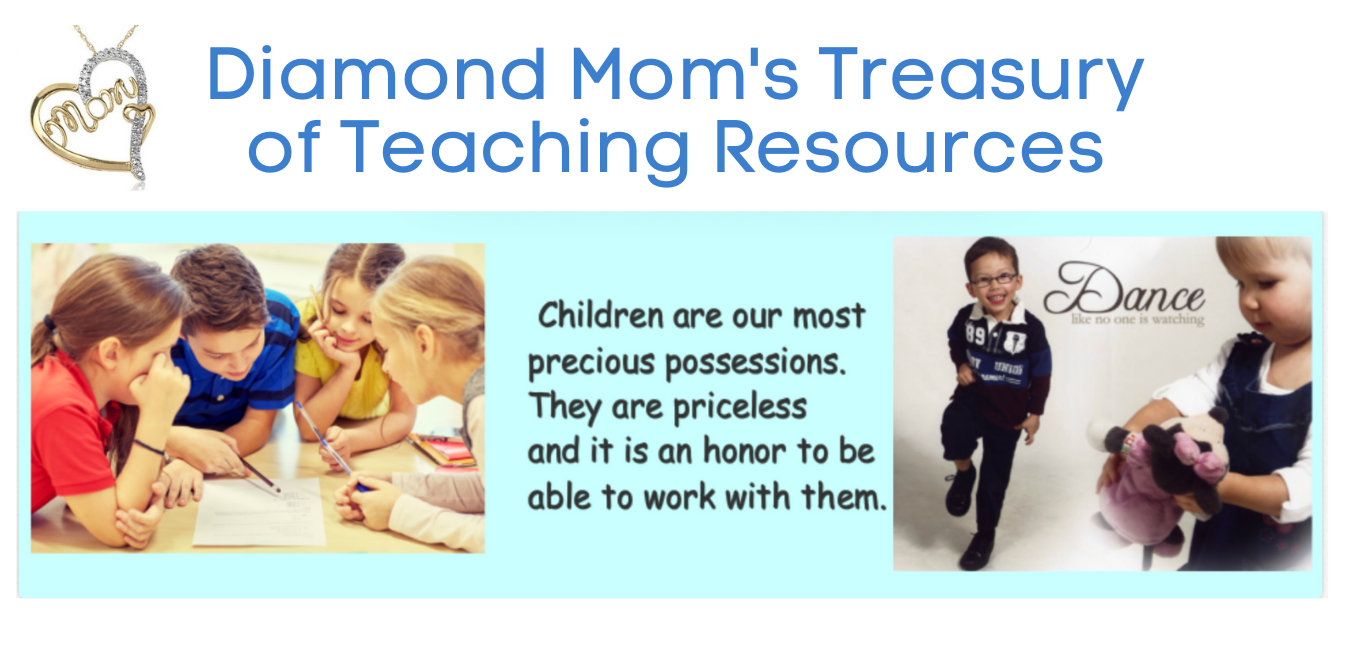
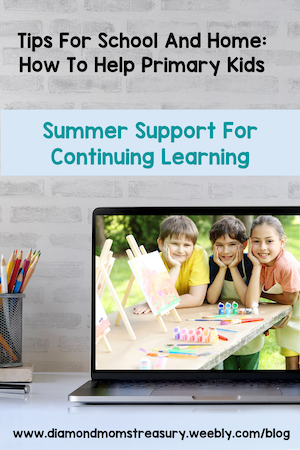
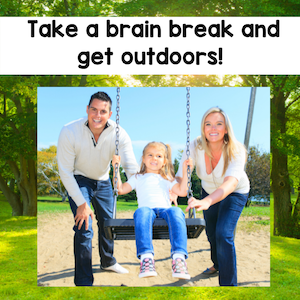
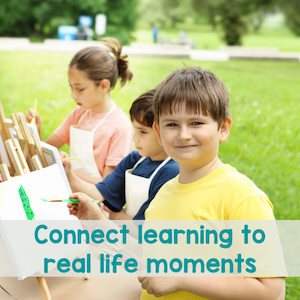
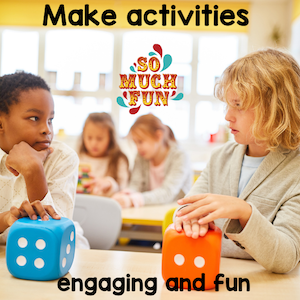
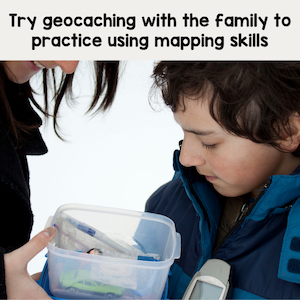
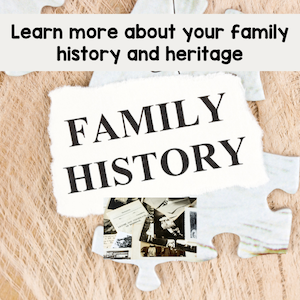
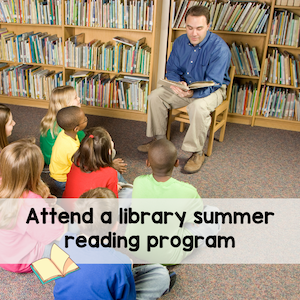
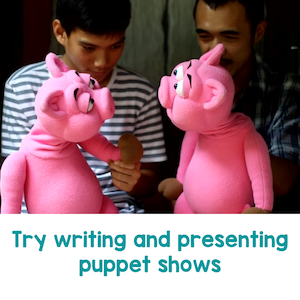
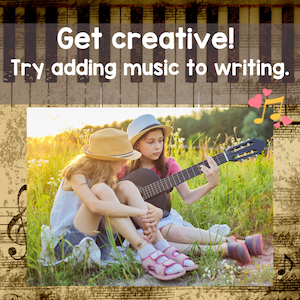
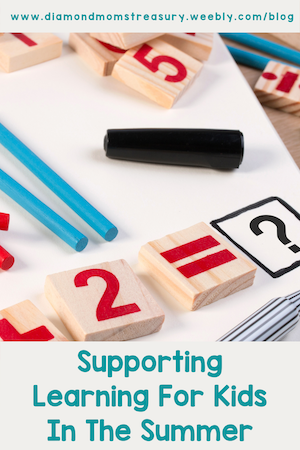

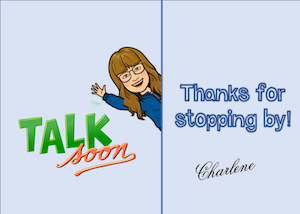
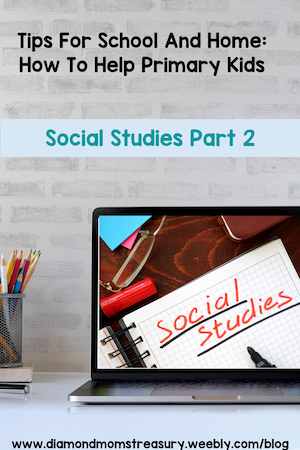
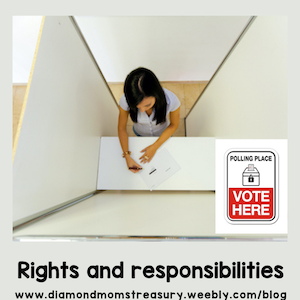
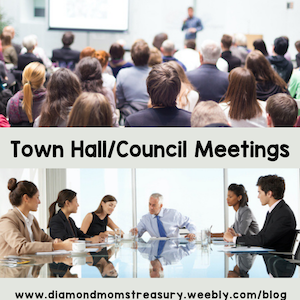
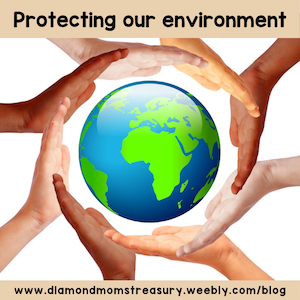
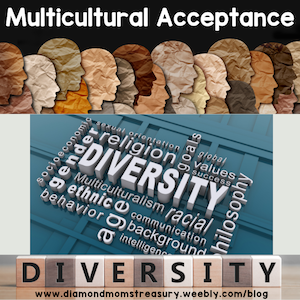
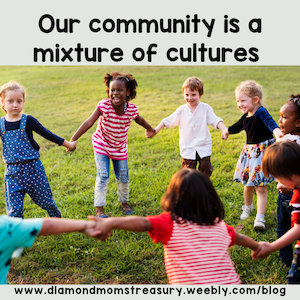
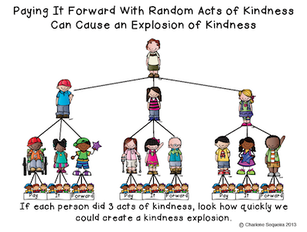
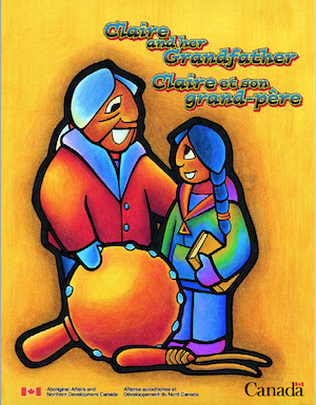
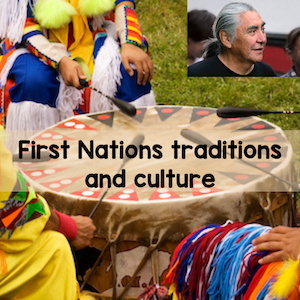
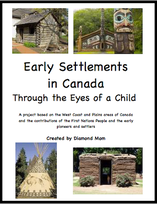
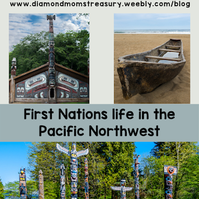
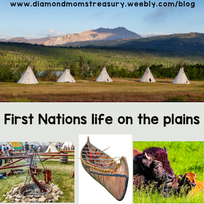

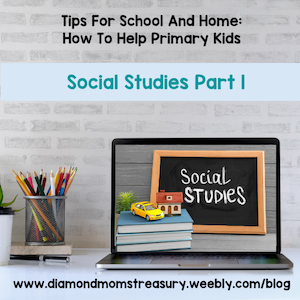
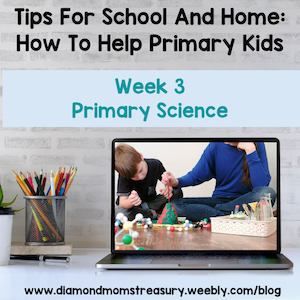
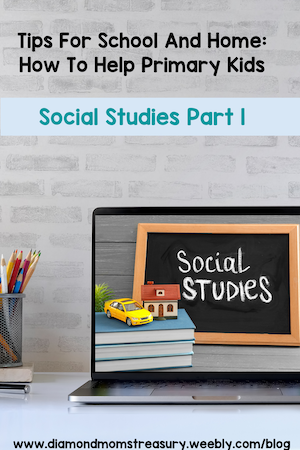
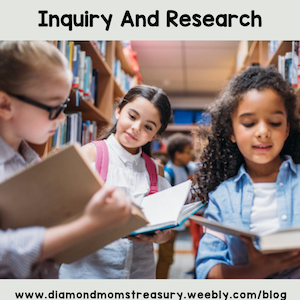
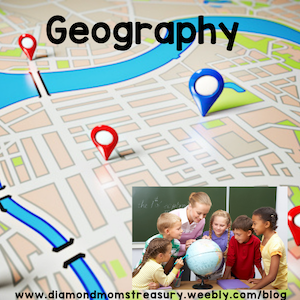
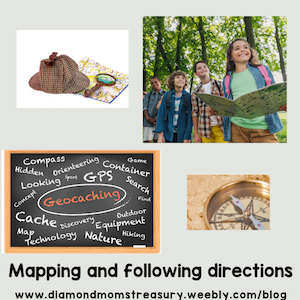
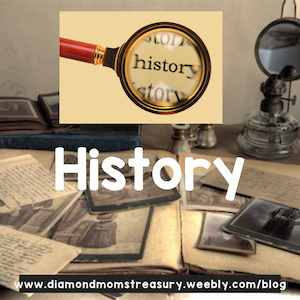
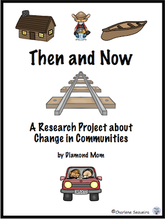
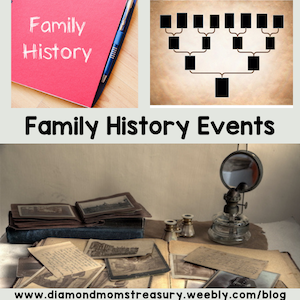
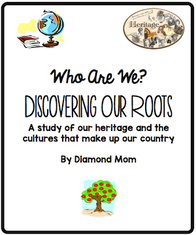
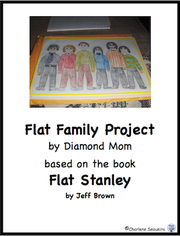

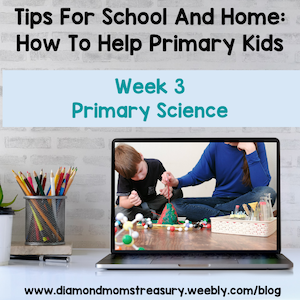
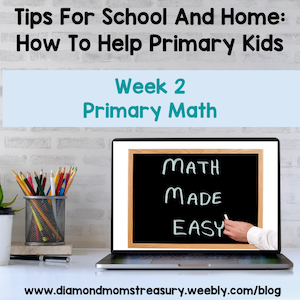
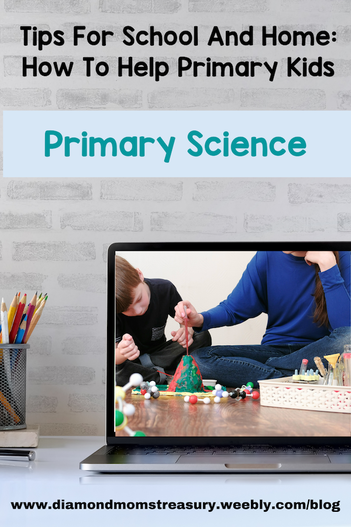
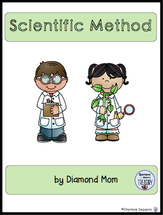
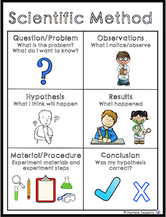
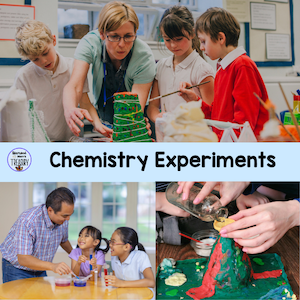
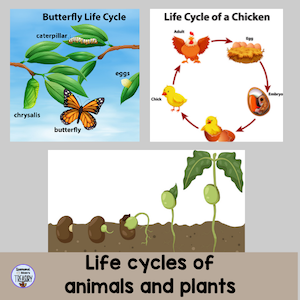
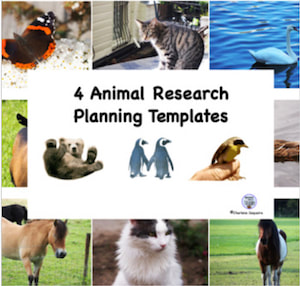
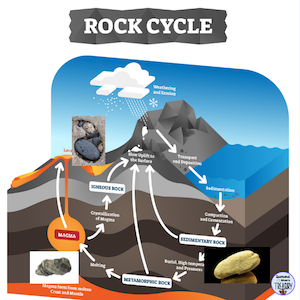
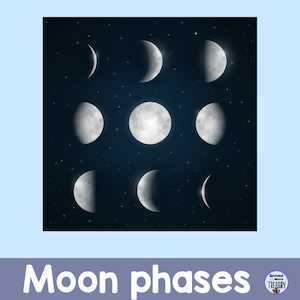
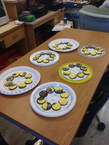
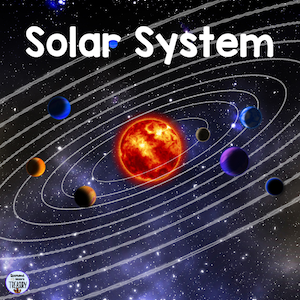
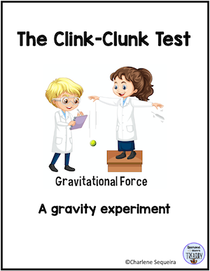
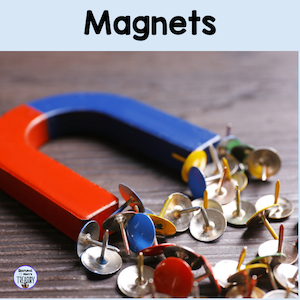
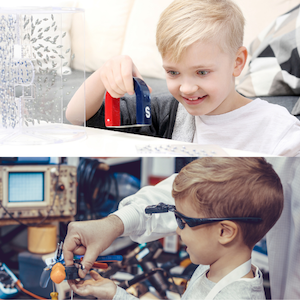
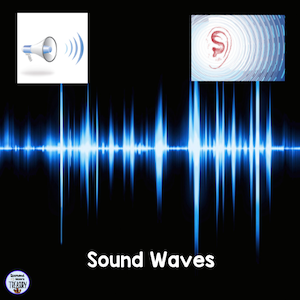
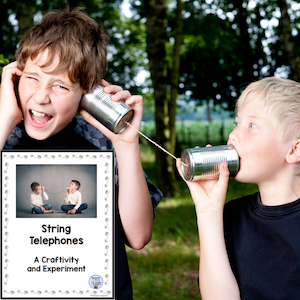
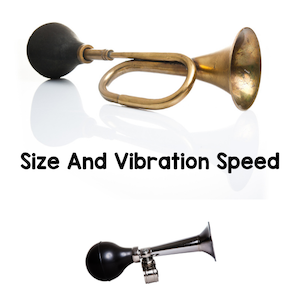
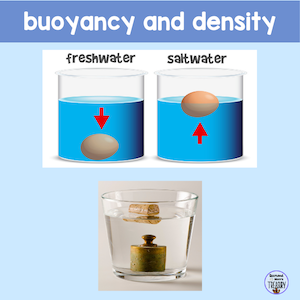
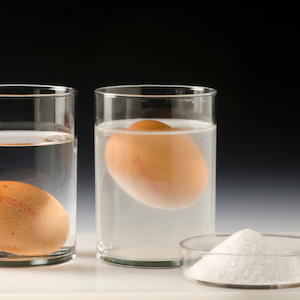
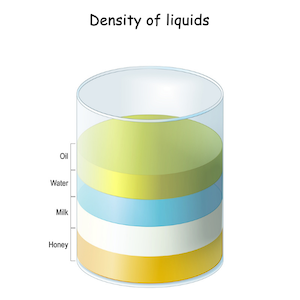
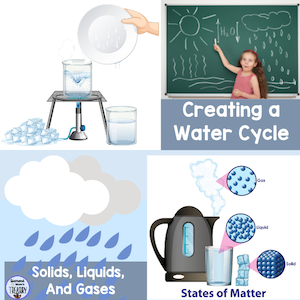
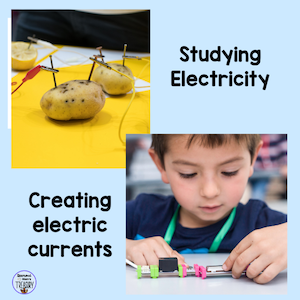
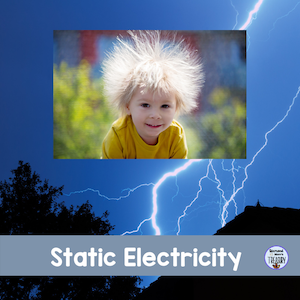
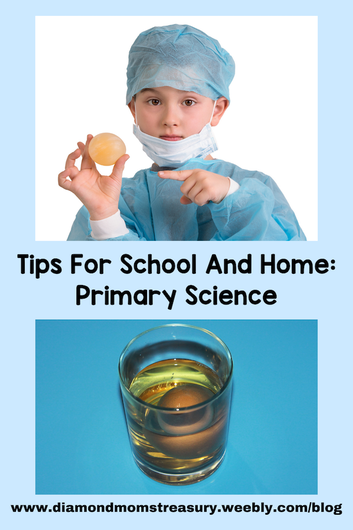

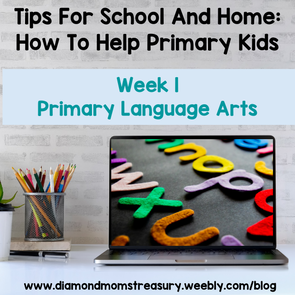
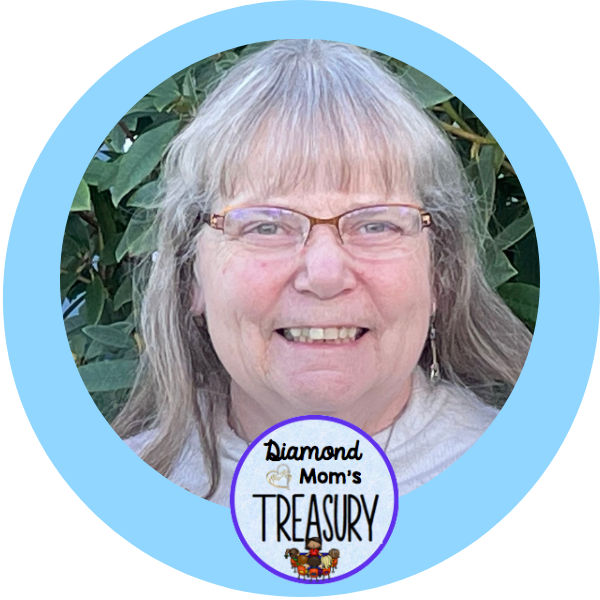


 RSS Feed
RSS Feed